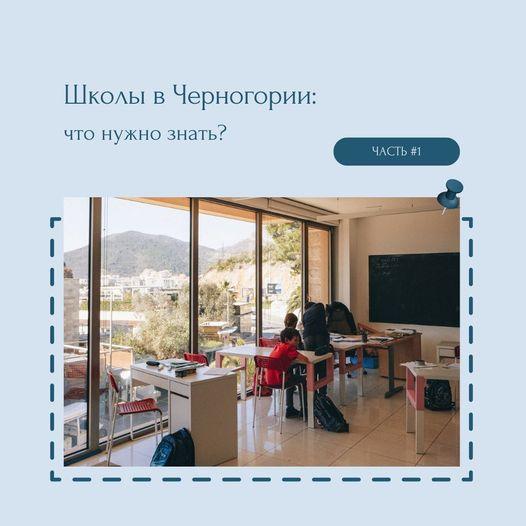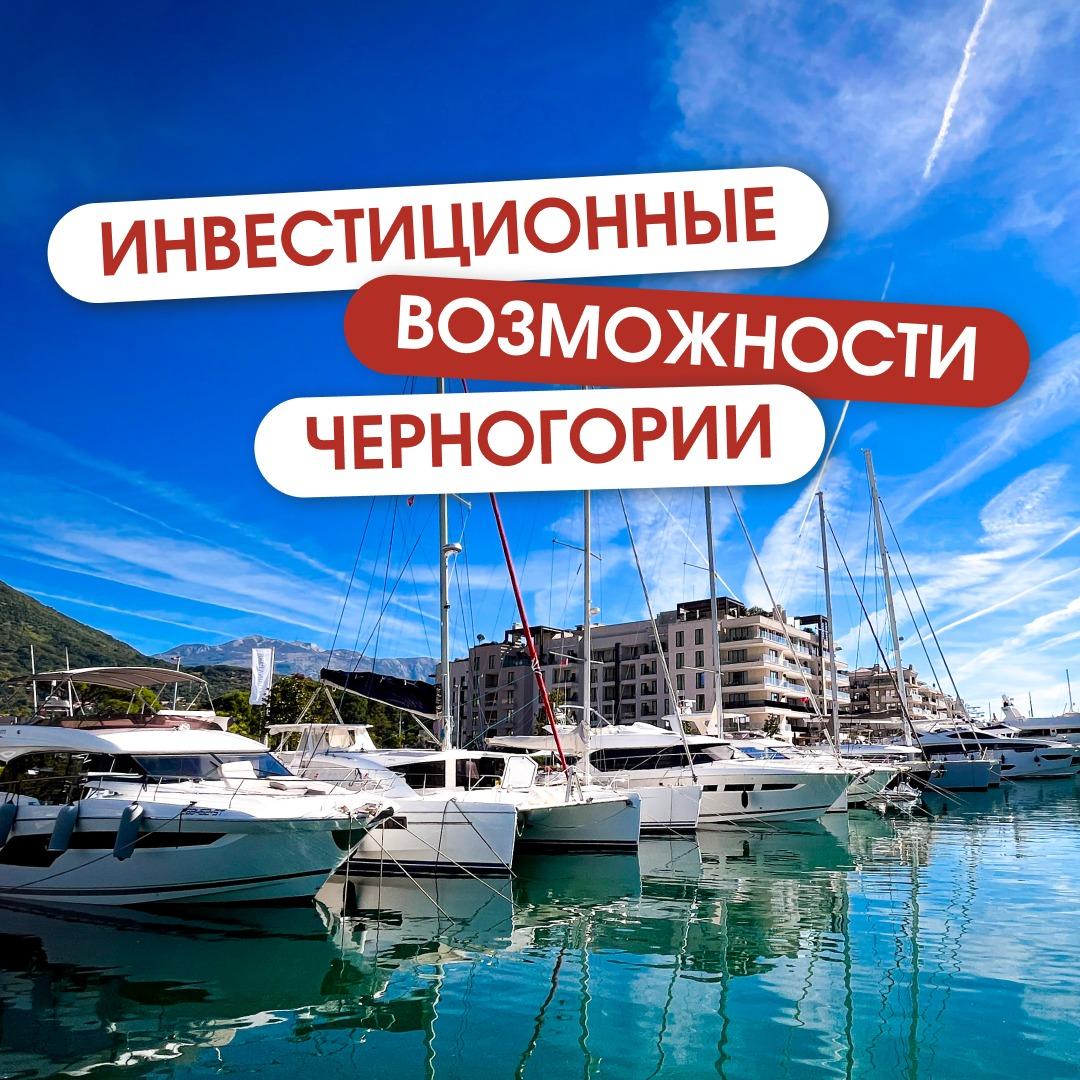How to choose a school in Montenegro? Part 1

When moving to Montenegro, parents are faced with important questions: how to choose a school, what documents will be needed, what about language barriers and how the school year goes.
Right to education for foreigners
Foreign citizens who come to Montenegro for a short time or for permanent residence have the right to education on an equal basis with local residents.
Basic facts about education in Montenegro
- Learning programs
- Children from elementary to high school are learning new programs with interactive activities and practice.
- Montenegro adheres to the Bologna system, which means that primary schools do not place excessive demands on students. Your child may enter first grade without reading and writing skills - all of this will be taught to him during the learning process.
- Free education
- Education in public secondary schools is free for all students, regardless of citizenship. This condition does not apply to higher education.
- Structure of secondary education
- Secondary education consists of high school (9 years). After graduation, the child can continue his studies in secondary school (+4 years) or enter a profession. school, gymnasium or college (+3 years). Thus, it takes 12-13 years to complete secondary education instead of the usual 11 years.
- Languages of instruction
- Training is conducted in the official Montenegrin language, as well as in Serbian, Bosnian, Albanian and Croatian.
- To obtain secondary education, you can choose an international private school (paid), where they teach in English or Russian. However, if you are planning to give your child a European education, we do not recommend applying there. It is very difficult to transfer from such a school to a local one with instruction in Serbian. An educational institution is obliged to provide assistance in learning a language if a student or applicant does not speak it.
- Academic year and holidays
- The academic year begins in September and continues until June. Twice a year - in winter and summer - schoolchildren have holidays.
- Applications are accepted from May to early June, but if there are free places, schools can accept new students in August.
How to prepare documents?
- Research and school choice
- Find out about public and international schools in your area.
- Determine which language of instruction is appropriate for your child.
- Consider parent reviews and school ratings.
- Required documents
- Child's birth certificate.
- Passport or other identification document.
- Medical certificate of health.
- Documents confirming previous levels of education (if the child is transferred from another school).
- Passport of one of the parents and residence permit (if any).
- Document submission process
- Submit your application and required documents to your chosen school from May to early June.
- If you are applying in August, make sure the school has availability.
Conclusion
Choosing a school in Montenegro requires a careful approach and the collection of certain documents. Studying in this country gives foreign children equal opportunities with local residents, and the flexibility of the system allows you to study in both public and international private schools. Make sure that you take into account all the nuances so that your child successfully adapts and receives a quality education.



